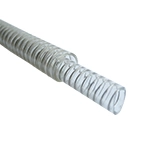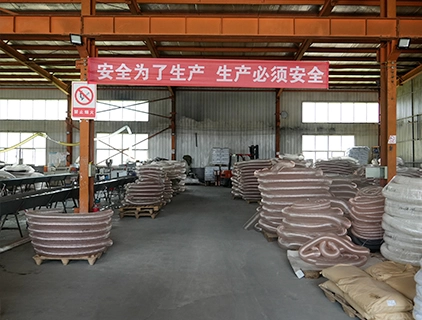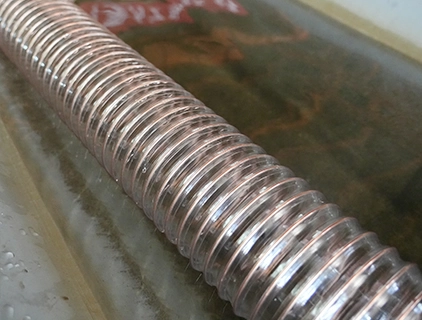How Do Anti Static Hoses Work
How Do Anti Static Hoses Work?Anti Static Hoses work primarily by preventing the buildup or conduction of static electricity through their special materials and design. Generally speaking, the working principle of anti-static hoses includes the following aspects:
1. Conductive layer or wire: Anti Static Hoses usually add conductive layer or wire to their structure, these conductive elements can direct electrostatic charge to the ground to prevent the buildup of static electricity.
2. Electrostatic discharge: When liquid or gas flows through the anti-static hose, any electrostatic charge that may be generated will be quickly released to the ground by the conductive layer or conductive wire, so as to avoid the formation of electrostatic fields in or around the hose.
3. Insulation protection: In addition to the conductive function, anti-static hoses usually also have good insulation performance, which can effectively prevent the static electricity in the external environment from affecting the internal materials of the hose.
4. Safety performance: Through the working principle of the anti-static hose, it can effectively reduce the safety hazards such as fire and explosion caused by static electricity, and ensure the safety and reliability of the transmission process.
In general, Anti Static Hoses are designed to quickly introduce electrostatic charges into the ground through conductive layers or wires, thereby preventing the accumulation and conduction of static electricity and ensuring the safe and stable transportation process.
Related Products
Submitted successfully
We will contact you as soon as possible













